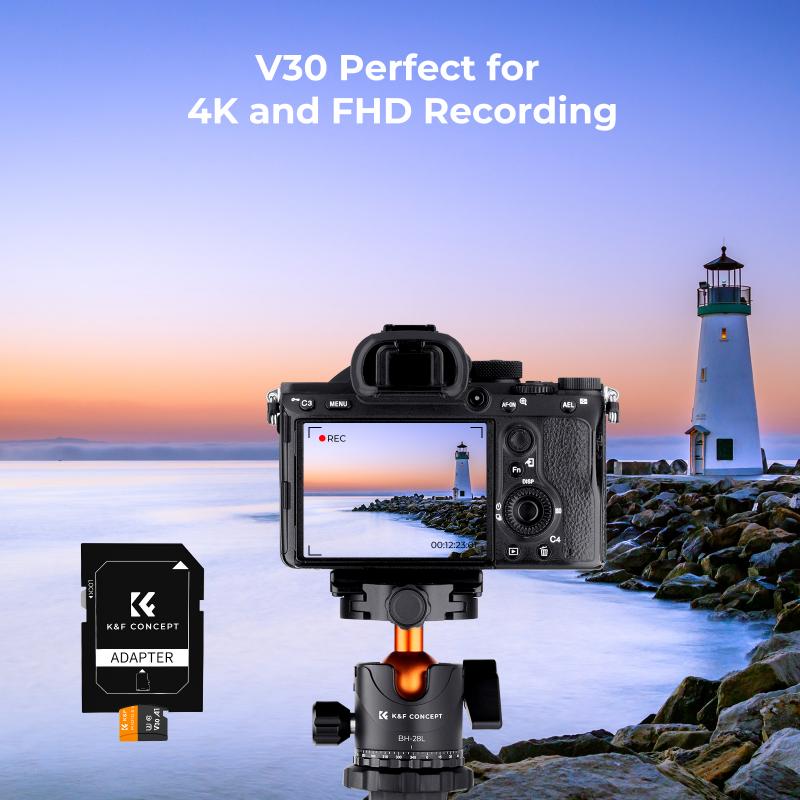How Do You Unlock A Sd Memory Card?
Unlocking an SD memory card can be a straightforward process, but it can also present some challenges depending on the specific issue you're facing. Whether you're dealing with a physical lock, a software lock, or a corrupted card, understanding the various methods to unlock an SD memory card is crucial. In this article, we will explore different techniques to unlock an SD memory card, addressing both physical and software-related issues. By the end of this guide, you should have a clear understanding of how to regain access to your data.
Understanding the Physical Lock

SD memory cards come with a small switch on the side, which can be toggled to lock or unlock the card. This switch is a physical mechanism that prevents the card from being written to, thereby protecting your data from accidental deletion or modification. Here’s how you can unlock it:
1. Locate the Lock Switch: On the side of your SD card, you will find a small switch. This is the lock switch.
2. Toggle the Switch: Slide the switch to the "up" position to unlock the card. The "down" position typically indicates that the card is locked.
3. Reinsert the Card: After toggling the switch, reinsert the SD card into your device and check if it is now writable.
Software Lock Issues

Sometimes, the issue might not be with the physical lock but with the software. Here are some common software-related problems and their solutions:
Write Protection

Write protection can be enabled through software, making the SD card read-only. To disable write protection, follow these steps:
1. Using Windows:
- Insert the SD card into your computer.
- Open the Command Prompt as an administrator.
- Type `diskpart` and press Enter.
- Type `list disk` and press Enter to see all connected drives.
- Identify your SD card from the list and note its disk number.
- Type `select disk X` (replace X with your SD card’s disk number) and press Enter.
- Type `attributes disk clear readonly` and press Enter.
- Type `exit` to close the Command Prompt.
2. Using Mac:
- Insert the SD card into your Mac.
- Open the Terminal.
- Type `diskutil list` and press Enter to see all connected drives.
- Identify your SD card from the list and note its identifier (e.g., disk2).
- Type `sudo diskutil unmountDisk /dev/diskX` (replace X with your SD card’s identifier) and press Enter.
- Type `sudo diskutil eraseDisk FAT32 SDCARD MBRFormat /dev/diskX` and press Enter.
- This will erase and reformat the SD card, removing any write protection.
Corrupted File System

A corrupted file system can also make an SD card appear locked. To fix this, you can try the following methods:
1. Check Disk Utility (Windows):
- Insert the SD card into your computer.
- Open File Explorer and right-click on the SD card.
- Select "Properties" and go to the "Tools" tab.
- Click on "Check" under the Error-checking section.
- Follow the prompts to scan and fix any errors on the SD card.
2. Disk Utility (Mac):
- Insert the SD card into your Mac.
- Open Disk Utility from the Applications > Utilities folder.
- Select your SD card from the list on the left.
- Click on "First Aid" and then "Run" to check and repair the disk.
Data Recovery
If your SD card is still not accessible after trying the above methods, you might need to recover your data before reformatting the card. Here are some data recovery options:
1. Data Recovery Software:
- Use reputable data recovery software like Recuva (Windows) or Disk Drill (Mac).
- Install the software and follow the on-screen instructions to scan your SD card and recover lost files.
2. Professional Data Recovery Services:
- If the data is extremely important and you cannot recover it using software, consider using professional data recovery services. These services can be expensive but are often successful in recovering data from damaged or corrupted SD cards.
Preventive Measures
To avoid future issues with your SD memory card, consider the following preventive measures:
1. Regular Backups: Always keep a backup of important data stored on your SD card. Use cloud storage or an external hard drive for backups.
2. Proper Ejection: Always eject your SD card properly from devices to prevent file system corruption.
3. Avoid Physical Damage: Handle your SD card with care to avoid physical damage to the card or the lock switch.
4. Use Quality Cards: Invest in high-quality SD cards from reputable brands to reduce the risk of corruption and data loss.
Unlocking an SD memory card can involve addressing both physical and software-related issues. By understanding the different methods to unlock your card, you can effectively regain access to your data. Whether it’s toggling the physical lock switch, disabling write protection through software, or repairing a corrupted file system, these steps should help you resolve most common issues. Additionally, taking preventive measures can help you avoid similar problems in the future. Remember, if all else fails, data recovery software or professional services can be your last resort to recover important data.
